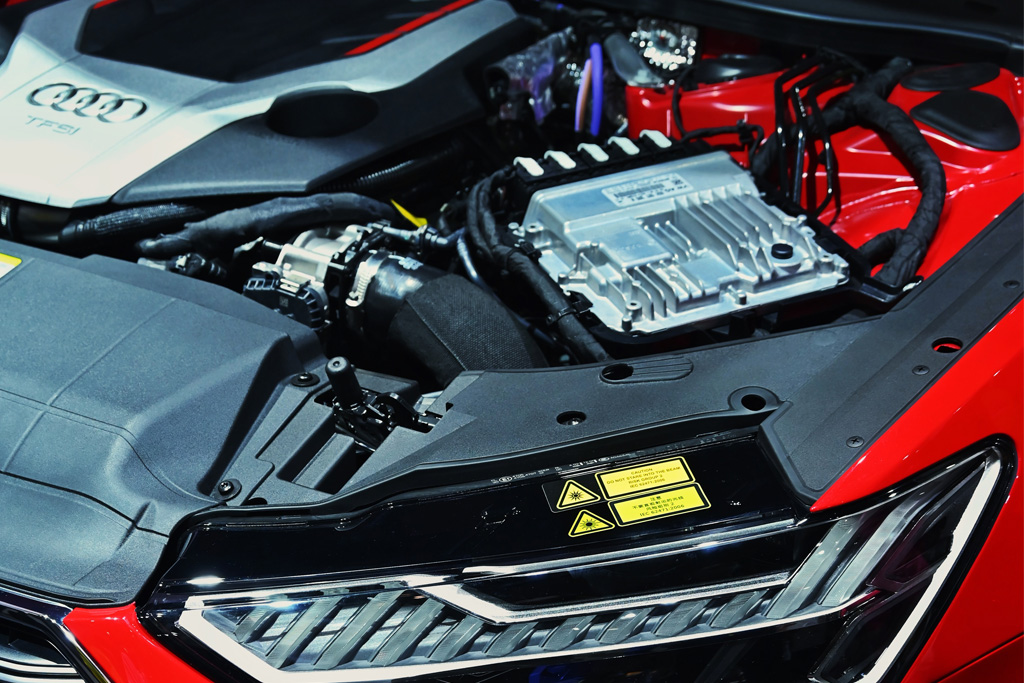Our car is an important part of our daily life; therefore, it is vital to know how to care for one of the most essential parts of our car—the battery. Although it’s true that gasoline is the food that fuels our car, the battery is what provides the initial jolt that the car needs to start and to keep running. Not to mention, the car battery also charges our phone on-the-go!
Typically, car batteries last from 2 to six years. However, your car’s battery life is also dependent on a lot of factors including but not limited to:
- Weather – Extreme temperatures have bad effects on the car battery. During hot summer months, the electrolyte fluid in the battery is more likely to evaporate since a running engine already produces high levels of heat under the hood. If you live somewhere with a warmer climate, park your car in a cool, shaded area to increase the lifespan of your battery. Also try to limit your short rides—short trips with lots of starts and stops prevents your battery from fully charging.
- Parasitic drains – Parasitic drains in the electrical system can be tricky to find but they can definitely kill your battery before you know it, especially if the battery is old and worn out. These can include trunk lights, glove box lights, or headlights that have been left on without you noticing. The key is to find the source of the drain and fix is as soon as possible to avoid draining the battery multiple times.
- Corroded battery connections – Corrosion build up in the terminals prevent the charging system from functioning properly. A common effect of a corroded car battery is being unable to start your car, so it is important to keep the terminals clean and dry. A solution made of baking soda and water can be used to clean off corrosion build ups, but remember to wipe of any solution residue as this also causes corrosion. Do not allow fluid to go through the battery ports as well.
- Car being left in storage – If you don’t plan on using your car for a long time, it may help to remove the negative battery connection to help in the longevity of your battery life. You can also use a float charger that automatically charges the battery when it drops below a certain voltage level. Try to monitor the situation and charge your battery from time to time so that you can spot potential threats that could damage your battery even when the car is not in use.
- Battery is not securely fastened – The car battery must be tightly fastened to the mounting bracket to avoid internal damage and short circuits. If you often drive on bumpy roads, it is best practice to frequently inspect your battery terminals and ensure that there are no movements or vibrations when in use.
Knowing When to Replace your Car Battery
Don’t get stranded with a dead battery! Look out for these telltale signs of a worn-out battery and get a replacement before it’s too late.
- Dim headlights – a sign that your battery is not able to fully power your vehicle.
- Clicking sound when you turn the key in the ignition. When the starter receives an insufficient battery power, it often creates a clicking sound.
- Car engine cranks more slowly than usual.
- Backfiring or a loud, popping noise followed by loss of power and forward motion.
- Frequently needing jump starts.
- Heavy corrosion in the battery terminal may be a sign of a failing battery, but a short-term fix for this would be cleaning the terminal.
Seek professional advice before performing any repairs. Keep in mind that proper maintenance for your entire car is tantamount to all parts functioning properly—including the battery. Start by storing your car properly and taking it to routine servicing to ensure optimal performance of your entire vehicle.

